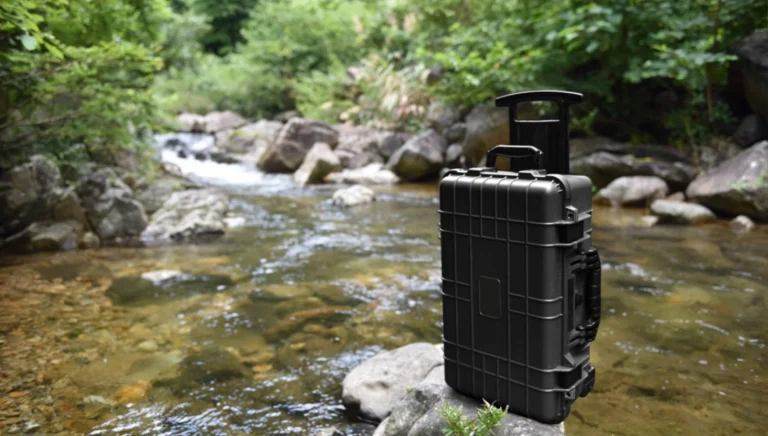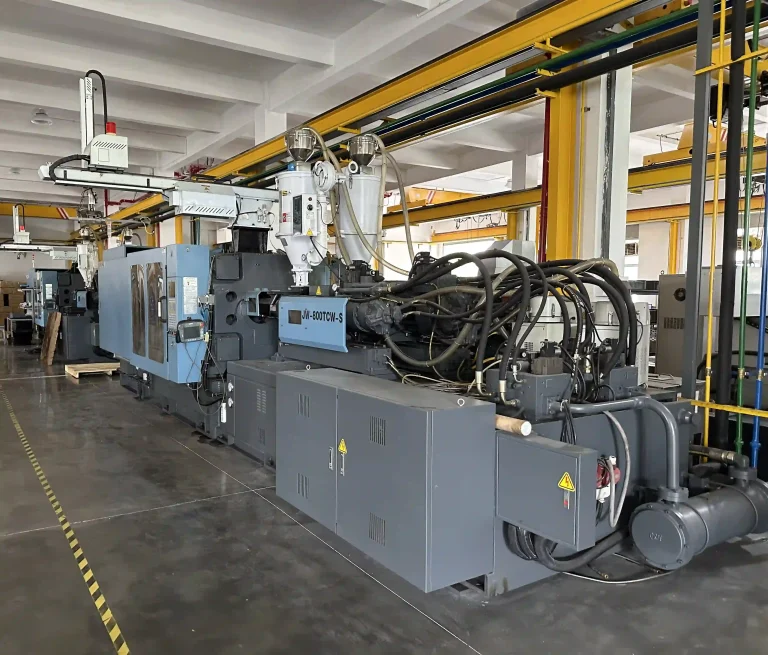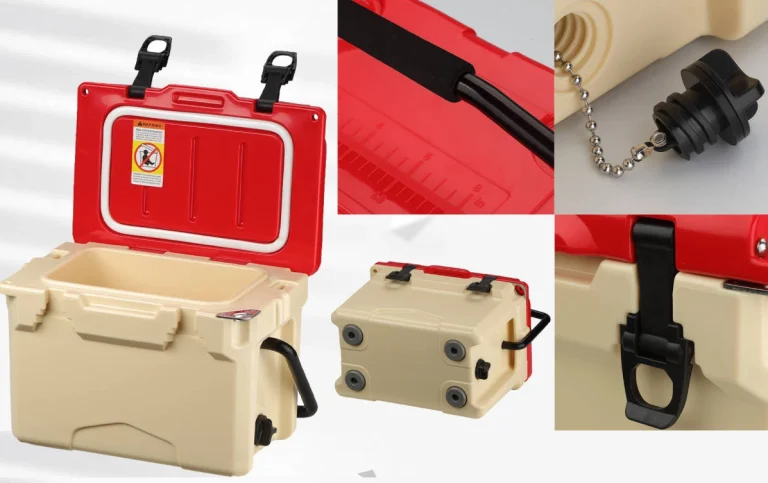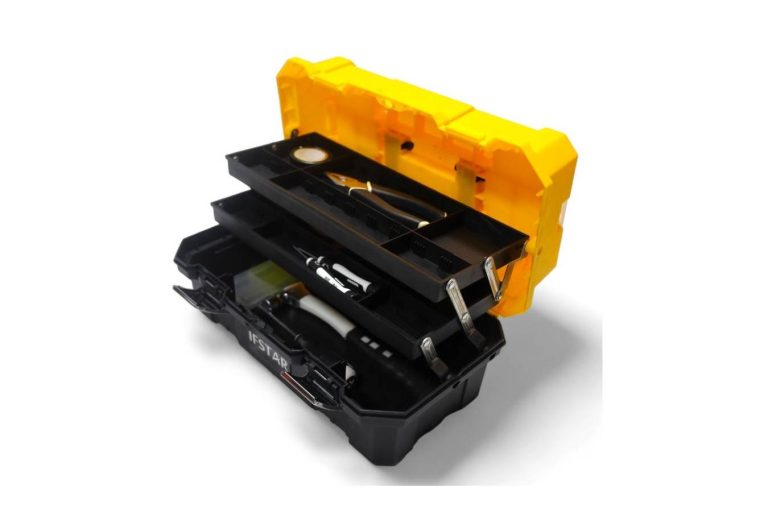Introduction – Getting Started with a 2U Workstation
Building a powerful workstation in a 2U rackmount case is a bit of a puzzle. You’re working with limited space but still need strong, reliable parts. Whether you’re setting up a home lab, an edge computing system, or a small business server, you’ve got to understand the space and heat challenges of a 2U case. This guide covers picking the right power supply (PSU), CPU cooler, and managing cables to keep your build running smoothly and easy to maintain.
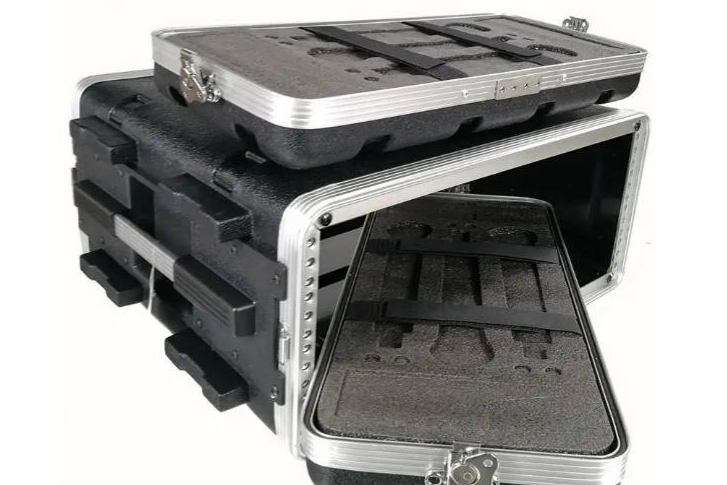
What Makes a 2U Rackmount Case Tricky
A 2U rackmount computer case gives you just 3.5 inches (88.9 mm) of height. That’s not much room compared to regular tower cases. It limits what parts you can use. It also affects airflow, cooling, and how easy it is to put everything together. Every inch inside counts, so planning ahead is key. Many 2U cases are built for tough jobs, like in factories or businesses. They often have sturdy designs for reliability. For example, reinforced structure bear human weight & easy-carry. This rugged build makes them great for moving around or mounting in busy environments.
Picking the Right PSU for a 2U Workstation
SFX vs. Flex ATX vs. 2U Redundant PSUs
Choosing a power supply that fits a 2U rackmount pc case is a big first step. Standard ATX PSUs are usually too big. Instead, you’ve got a few smaller options:
- SFX: Gives decent power and often has modular cables. It can be tight, though, depending on your motherboard or GPU setup.
- Flex ATX: Smaller than SFX but can be noisy because of tiny fans. Good if quiet isn’t your top concern.
- 2U Redundant PSUs: Common in pro setups. They let you swap power units without shutting down, but they’re pricey and loud. Your choice depends on how much power you need and how much noise you can handle.
Cable Routing for Small PSUs
Small PSUs often have shorter cables or modular designs to fit tight spaces. Good cable routing keeps air flowing freely. Modular cables let you use only what you need, cutting down on mess. Try using right-angle connectors or custom-length cables. They help keep space clear around parts like GPUs or drives.
Cooling Your CPU in a 2U Rackmount
Height Limits and Low-Profile Coolers
The 3.5-inch height of a 2U case means big tower coolers won’t fit. You need low-profile CPU coolers, usually under 70mm tall. Some cases might allow a bit more, depending on their layout. Special server coolers use things like vapor chambers or tightly packed fins to cool better in small spaces.
Airflow Plan
Good airflow is a must in tight spaces. Most reliable 2U cases use front-to-back airflow with strong fans. Make sure all fans point the same way—pulling air in from the front and pushing it out the back. This keeps heat from building up around the CPU and other parts. You can add ducts or covers to guide air over hot spots if you notice any during testing.
Balancing Noise and Cooling
In rackmount systems, cooling often means louder fans because they’re smaller and spin faster. You’ve got to decide how much noise you’re okay with versus how cool your system needs to stay. PWM fans adjust their speed based on heat, so they’re quieter when the system’s not working hard. This helps keep noise down without losing cooling power.
Cable Management in a 2U Space
Routing Around the Motherboard
Managing cables is tough when space is tight around the motherboard. Try running power cables along the edges or behind drive bays. This keeps air flowing and avoids blocking add-on cards. Some cases have built-in cable channels or tie-down spots to make this easier.
PSU and Backplane Cables
If your build has hot-swap drive bays with backplanes, plan your SATA/SAS power and data cables carefully. Short, custom cables stop extra loops from clogging up airflow. Storage carry case with 4 adjustable compartments on the lid. Reinforced structure bear human weight & easy-carry. This idea of modular, sturdy storage applies to organizing cables inside your case too.
Keeping Cables Secure
Loose cables can block fans or come loose during transport. Use zip ties or Velcro straps to fasten cables tightly to the case walls or tie-down points. Two folding tray rivet with reinforced plastic holder convenient buckles. This shows how sturdy holders add reliability, just like well-secured cables keep your build solid over time.
Tips for a Clean 2U Rack Build
Getting a tidy build in a small case takes planning and care:
- Measure Parts First: Check that all your parts fit the case’s size limits before buying.
- Use Modular Parts: Modular PSUs and removable drive bays give you more wiggle room.
- Get Good Fans: Strong, quiet fans improve cooling and keep noise low.
- Label Cables: Labeling helps when you’re dealing with lots of drives or connections, making upgrades or fixes easier.
- Test Before Closing Up: Test all parts outside the case first to avoid extra work later.
- Use Insert Trays: Portable insert tray. A deep space at the bottom. Black cover/body, yellow handle/buckles. This modular tray idea makes maintenance easier, just like organized trays inside a computer case.
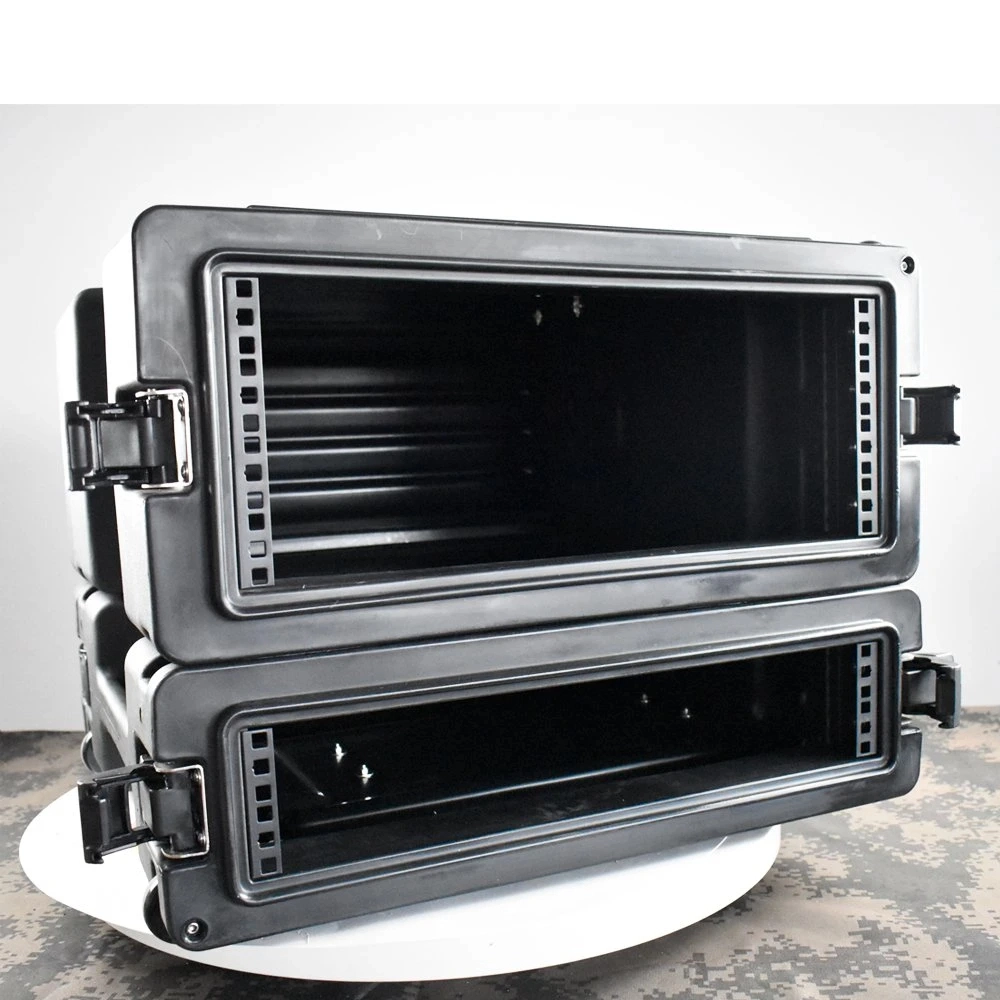
For builders looking for a solid, efficient workstation in a tight space, Yifu’s 2U rack case is a great pick. Built tough like 8 removable and deep case, it supports modular designs while staying strong for professional use.
Whether you’re building a computing hub or a creative workstation, Yifu’s smartly designed rack case lets you focus on performance without worrying about reliability or upkeep—all in just two rack units.
FAQ
Q: How is a 2U rackmount workstation different from a regular desktop workstation?
A: A 2U rackmount workstation fits in a 19-inch rack with just 3.5 inches of height. It’s built for space-saving and modularity in server or business settings. Unlike desktop workstations with big ATX cases, 2U builds need compact parts like SFX or Flex ATX PSUs, low-profile CPU coolers, and careful cable planning to keep air flowing in a small space.
Q: How do I know if a GPU will fit in a 2U rackmount case?
A: Check the GPU’s size (length, width, height) against the case’s specs. Focus on slot width (single or double-slot) and PCIe slot clearance. Most 2U cases fit low-profile or single-slot GPUs. Some handle full-height cards with a riser. Make sure the case supports the GPU’s length, as short-depth 2U cases may not fit longer cards.

